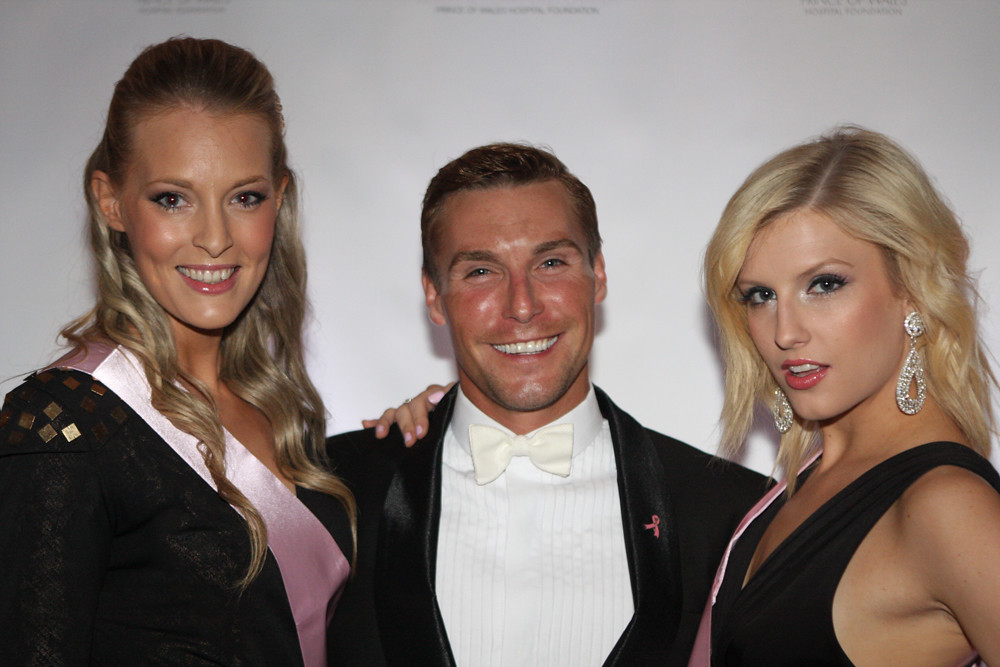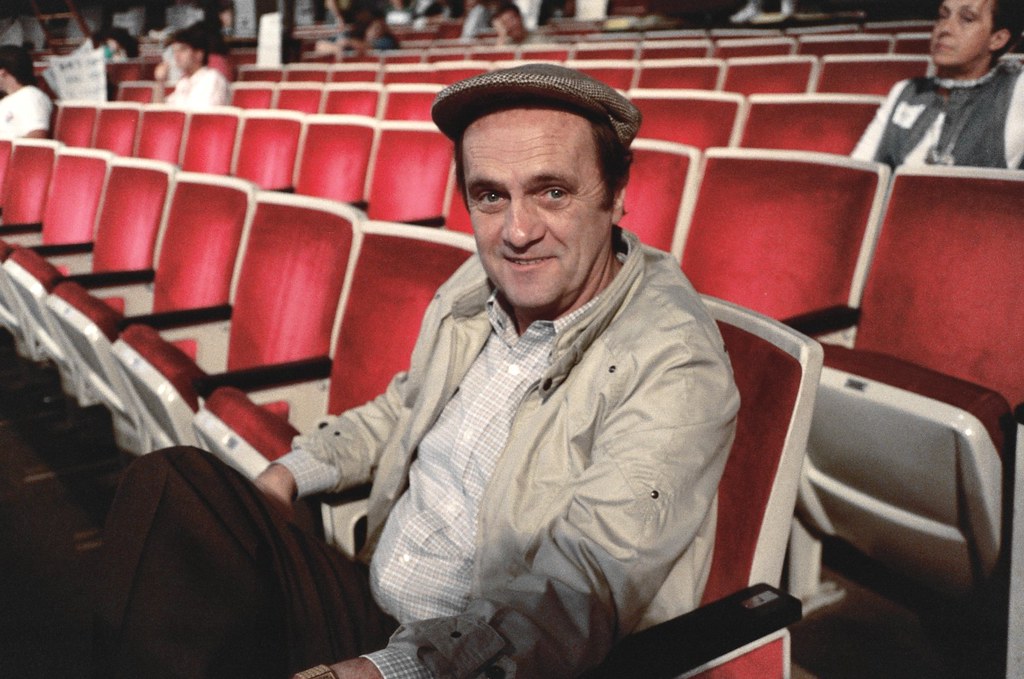
Bob Newhart, the legendary comedian and actor celebrated for his inimitable deadpan delivery and subtle, observational humor, has died. He passed away at the age of 94 in Los Angeles on Thursday morning after a series of short illnesses. His longtime publicist, Jerry Digney, confirmed the news, reflecting on the passing as marking “an end of an era in comedy.” Newhart’s career spanned over five decades, leaving an indelible mark on stand-up, television, and film.
Born George Robert Newhart in Oak Park, Illinois, on September 5, 1929, his path to becoming a comedic icon was somewhat unconventional. He grew up in the Chicago area, attending local Roman Catholic schools, including St. Ignatius College Prep. He completed his education at Loyola University Chicago, graduating in 1952 with a bachelor’s degree in business management.
Following college, Newhart was drafted into the United States Army, serving as a personnel manager during the Korean War. His early professional life also included brief stints as an accountant and, notably, as an advertising copywriter in Chicago at Fred Niles Communications Centers. It was at the latter job that his comedic inclinations began to surface more prominently.
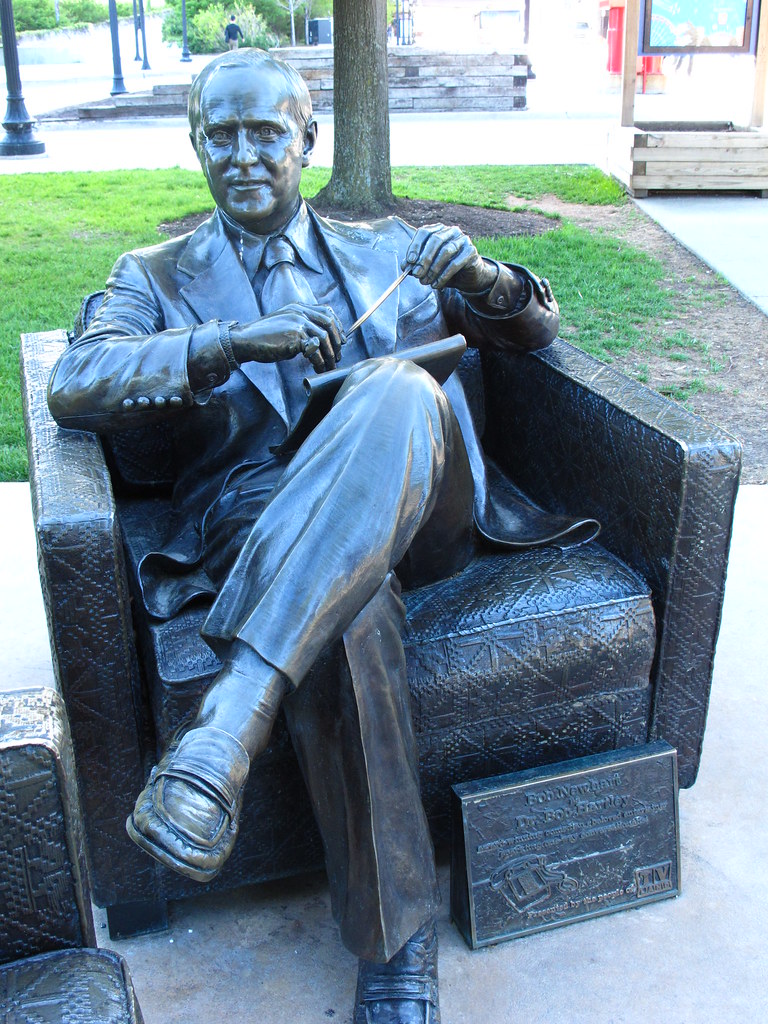
Newhart recounted that Fred Niles quickly fired him as a copywriter because, as Niles put it, “I was too funny.” Niles, who passed away in 1983, apparently enjoyed recounting the story of his failed professional connection with Newhart, explaining that “He was only able to write humor. Everything he wrote was funny. What did I know?” This early indication of his natural comedic talent proved prescient, setting the stage for a remarkable career pivot.
His unique talent for humor truly emerged through humorous telephone calls shared with a coworker. These calls ultimately led him to pursue a stand-up career, which garnered attention and eventually resulted in a contract with Warner Bros. Records. This pivotal moment facilitated the recording and release of his groundbreaking comedy album in 1960.
The album, titled “The Button-Down Mind of Bob Newhart,” quickly became a cultural phenomenon. Featuring his signature deadpan style, a slight, endearing stammer, and lengthy comedic monologues often delivered as one side of a telephone conversation, the album resonated deeply with audiences. It made history by becoming the first comedy record to reach number one on the Billboard charts.
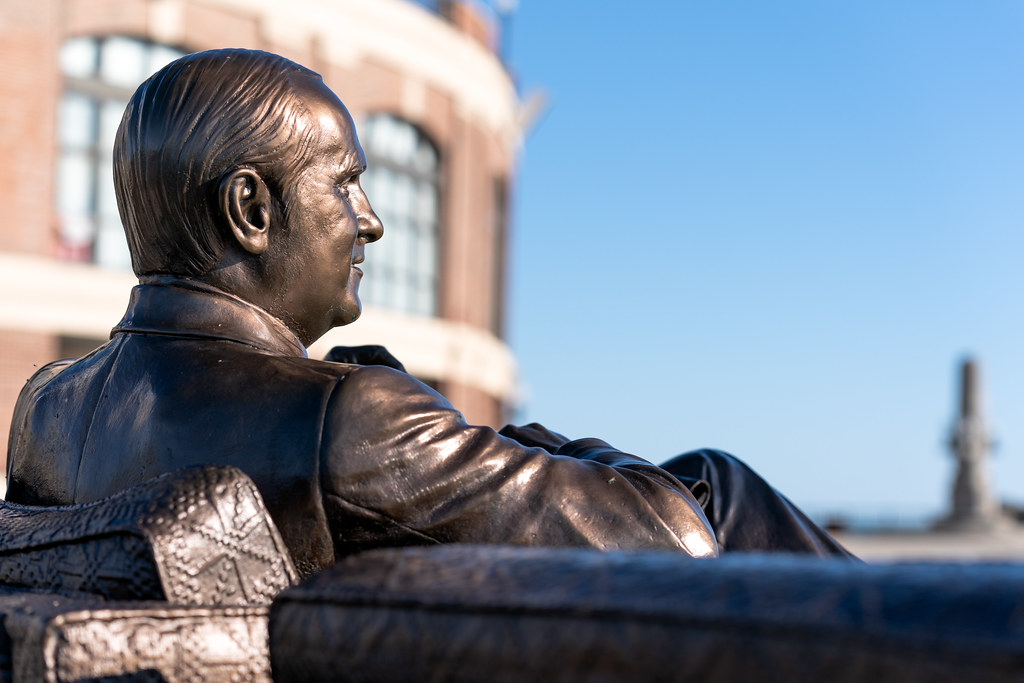
“The Button-Down Mind of Bob Newhart” was not just a commercial success; it was also critically acclaimed, earning multiple Grammy Awards. At the 1961 Grammys, it achieved the remarkable feat of winning the prestigious Album of the Year award, triumphing over musical giants of the era such as Frank Sinatra, Harry Belafonte, and Nat “King” Cole. This success was followed by another hit album, “The Button-Down Mind Strikes Back!” which also reached number one and earned him a Grammy for best comedy performance (spoken).
Reflecting on his sudden rise to fame, Newhart once said, “People kept telling me you’re funny, you should go to New York, and I said, ‘I’m going to give this a shot.’” He added, “I was just about to go back into accounting, and I got this recording contract.” He acknowledged the challenge of his rapid success, noting, “Most comedians, most stand-ups, spend 20 years in the trenches. I had to learn at the top. It was tough.”
The success of his comedy albums opened significant doors in television and film. He first made his mark in television with a variety show, also titled “The Bob Newhart Show,” which debuted in 1961. This program, which aired for only one season, earned a Primetime Emmy Award for best comedy series and a Peabody Award, showcasing his potential for the visual medium.

However, it was his second television series, also called “The Bob Newhart Show,” that cemented his status as a sitcom legend. This iconic program, which ran on CBS from 1972 to 1978, starred Newhart as Dr. Bob Hartley, a Chicago-based psychologist navigating the eccentricities of his patients, friends, and colleagues. The show was built around his established persona: a calm, reasonable man reacting with quiet bewilderment to the often-absurd world around him.
“The key to building a show around a stand-up is maintaining the integrity of the persona you create,” Newhart told The Hollywood Reporter in 2018. The premise of his character being a psychologist was suggested by producers familiar with his one-sided phone call routines, recognizing his skill as a listener. He recalled the initial thought, “‘Bob’s a good listener. How about a psychiatrist?’” and his response, “‘A psychiatrist deals with pretty serious mental problems. It’s kind of hard to get any humor out of manic-depression.’ So, we settled on psychologist.”
“The Bob Newhart Show” was groundbreaking in subtle yet significant ways for its time. Scenes between Newhart and Suzanne Pleshette, who played his wife Emily, often took place with them chatting in a shared bed, a rarity on television in the early 1970s. Newhart commented on this, stating, “We were the first married TV couple to have a single bed.” He added, “I didn’t think it was risky. I just thought it was about time.”

Another notable aspect was the couple’s lack of children in the series, a deliberate choice by Newhart. “I love kids. I have four of my own, but I didn’t want to be the dumb father that seemed to be in every sitcom,” he explained. “I said that wasn’t the kind of show I wanted to do. And that was one of the more unusual things about the show.” The series also tackled sensitive subjects, including featuring one of the first openly gay recurring characters on television, played by Howard Hesseman.
Newhart played Dr. Bob Hartley, who ministered to a host of eccentric patients in the sitcom that aired from 1972 to 1978. The show earned five nominations during its run, including nominations for outstanding comedy series and best lead actress for Suzanne Pleshette. It was a critical and commercial success that firmly established Newhart as a major television star.
Following the end of “The Bob Newhart Show” in 1978, he returned to television with another hit sitcom in 1982, simply titled “Newhart.” In this series, he starred as Dick Loudon, a Vermont inn owner and author who, much like Dr. Hartley before him, attempts to maintain his sanity while surrounded by a cast of comical local characters. Mary Frann co-starred as his wife, Joanna.

“Newhart” ran until 1990 and became famous for its exceptionally clever writing and, perhaps most famously, its memorable series finale. The final episode remains one of the most talked-about in television history. In the widely celebrated conclusion, Newhart’s character is hit by a golf ball and wakes up in bed next to Suzanne Pleshette, reprising her role as Emily Hartley from his first sitcom. He tells her, “Honey, wake up! You won’t believe the dream I just had,” revealing the entire eight-year run of “Newhart” had been a dream experienced by his earlier character, Dr. Hartley. This metafictional ending generated uproarious audience laughter and has been parodied and referenced countless times since.
The idea for the iconic ending came from Newhart’s wife, Ginnie. He shared the story with the Television Academy in 2022: “At a Christmas party, I said to her, ‘Honey, it’s the sixth year. I think this is going to be the last year of the show.’ She said, ‘If it is, you should end it with a dream sequence because there were such inexplicable things that went on in the show.’ I said, ‘That’s a great idea.’” Although the show continued for two more years, he eventually gave his wife’s idea to the producers when the time came to end it, and they executed it masterfully.
Despite “Newhart” earning 25 Emmy nominations during its run, Newhart did not win an individual acting Emmy for either of his lead sitcom roles. He was nominated three times for outstanding lead actor for “Newhart.” Across his career, he received a total of nine Emmy nominations before finally winning his first individual Emmy in 2013.
Beyond his signature sitcoms, Newhart had a prolific career in film and television. He appeared in movies such as “Catch-22” (where he played the timid Maj. Major), “Cold Turkey,” “In & Out,” and “Horrible Bosses.” He also lent his distinctive voice to animated roles, including Bernard in “The Rescuers” and its sequel, “The Rescuers Down Under.” He starred in other sitcoms like “Bob” and “George & Leo” and made numerous guest appearances on shows ranging from “ER” to “The Simpsons.”

In recent years, Newhart charmed a new generation of fans, particularly through his role as Papa Elf in the beloved 2003 Christmas comedy “Elf.” He held a special affection for this part, telling CNN in 2023 for the film’s 20th anniversary that “Without question, the part of Papa Elf outranks, by far, any role I may have ever played.” He recounted how he “fell in love” with the script immediately, telling his wife it had the potential to become a perennial favorite like “‘Miracle on 34th Street,’ which people watch every year.”
He believed “Elf” filled a particular need, stating, “In my opinion, there has not been anything like it in the interim.” He added, “People wanted to believe in it. … People need that charming, wonderful thing about the Christmas spirit and its way of powering the sleigh.” His performance in the film remains a warm highlight of his later career.
Another significant late-career achievement was his recurring guest role as Arthur Jeffries, also known as Professor Proton, on the hit CBS sitcom “The Big Bang Theory.” His portrayal of the retired children’s science show host, idolized by the character Sheldon Cooper, resonated strongly with audiences and critics alike. This role finally earned him his first Primetime Emmy Award in 2013, winning in the outstanding guest actor in a comedy series category. He reprised the role multiple times on “The Big Bang Theory” and provided voiceover work as the character on the spin-off series, “Young Sheldon,” making his last credited appearance on the show in 2020.
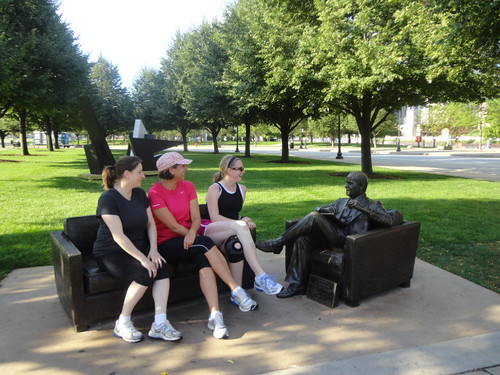
Newhart was a frequent and welcome presence on the era’s variety and talk shows. He was a regular fill-in host for his friend Johnny Carson on “The Tonight Show,” stepping in a remarkable 87 times. His ability to connect with audiences through different mediums and across generations was a testament to the enduring quality of his humor and persona.
Throughout his distinguished career, Newhart received numerous accolades acknowledging his significant contributions to entertainment. He was inducted into the Television Hall of Fame in 1993 and was honored with the Kennedy Center’s Mark Twain Prize for American Humor in 2002. His material has been added to the collection of the Smithsonian’s National Museum of American History, recognizing his cultural impact.
Beyond awards, Bob Newhart holds a unique place in popular culture, symbolized by a life-size statue located at the far end of Chicago’s Navy Pier. The sculpture depicts Newhart sitting on a sofa couch as his character Dr. Bob Hartley, holding a pen and pad, seemingly inviting passersby to sit beside him. Originally located at 430 N. Michigan Avenue, the address of the building that housed Dr. Hartley’s office in the sitcom, the statue serves as a tangible tribute to his connection to the city and his most famous television role.
Newhart’s influence on comedy is profound and widely recognized. He inspired generations of comedians and actors. His quiet, deadpan style, the economy of his reactions, and his masterful use of pauses were revolutionary. Comedian and actor Dave Foley noted that Newhart “made quietly thinking on camera hilarious” and that “the pause was his art.” Conan O’Brien stated that Newhart “taught countless generations of comedians that you could be funny, smart, uncompromising, and still win on your own terms.”
Many colleagues and admirers shared their thoughts upon his passing. Judd Apatow, who made a short film about Newhart’s friendship with Don Rickles, described him as “the kindest, most hilarious man.” Apatow added, “His brilliant comedy and gentle spirit made everyone he encountered so happy.” United States President Joe Biden called him “a comedy legend and beloved performer who kept Americans laughing for decades.” Mark Hamill echoed the sentiment, tweeting, “From his groundbreaking stand-up to his two classic sitcoms, he gave us a lifetime of laughter. Truly one-of-a-kind.”
Josh Weinstein, a writer for The Simpsons, shared a touching anecdote about Newhart’s guest appearance on the show, where he played himself delivering a eulogy for Krusty the Clown. Weinstein recalled that “More writers came to his voice record for his spot on ‘Bart the Fink’ than I had ever seen,” and that writing for him was “a genuine thrill” for those who considered him a comedy idol. Harry Shearer, another Simpsons mainstay, called Newhart a “total pro.”
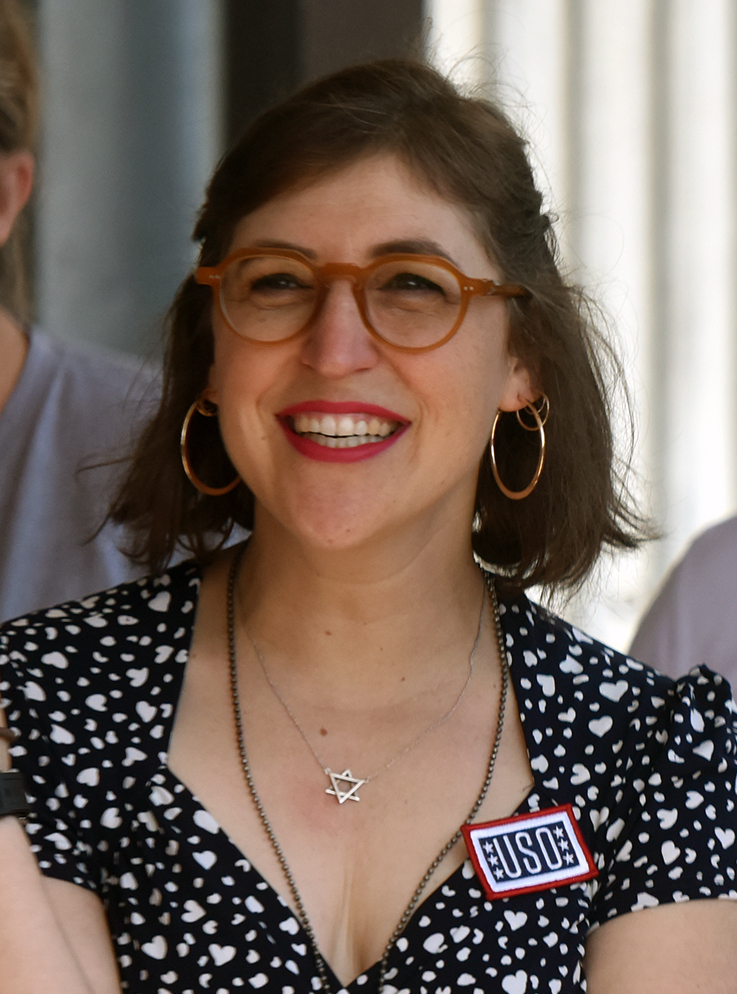
Mayim Bialik, who worked alongside him on “The Big Bang Theory,” described him as “effortlessly professional, poised, hilarious and incredibly approachable.” She reflected, “Working with Bob was working in the presence of a true comedy legend—the likes of whom we simply don’t see anymore. How he will be missed!” James Urbaniak, who met him on the set of “Legally Blonde 2,” found him to be “super nice as one might expect.” Even as a 12-year-old, Dan Perlman found Newhart uniquely approachable, writing letters to comedians for advice on stand-up and receiving a reply only from Bob Newhart.
Newhart remained active in his later years, making appearances on shows like “Hot in Cleveland” and “The Librarians” in addition to “The Big Bang Theory” and “Young Sheldon.” He never formally retired, a testament to his enduring passion for performing. In 2019, at the age of 90, he shared his perspective: “I always say, ‘What are you going to tell people: ‘I’m really tired of making people laugh?’ It’s a wonderful thing to be able to do. You go out and do a good show, and you and the audience are happy for an hour or so. People forget their troubles, pick themselves up and dust themselves off. How could you hate that?”
He expressed his belief that he would likely never stop performing, noting, “It’s in my blood.” Looking back on his expansive career, he concluded, “I’ve done just about everything I’ve ever thought or even didn’t think I would do. Making people laugh is all I care about.” It was a mission he fulfilled with unparalleled grace and wit for seven decades.
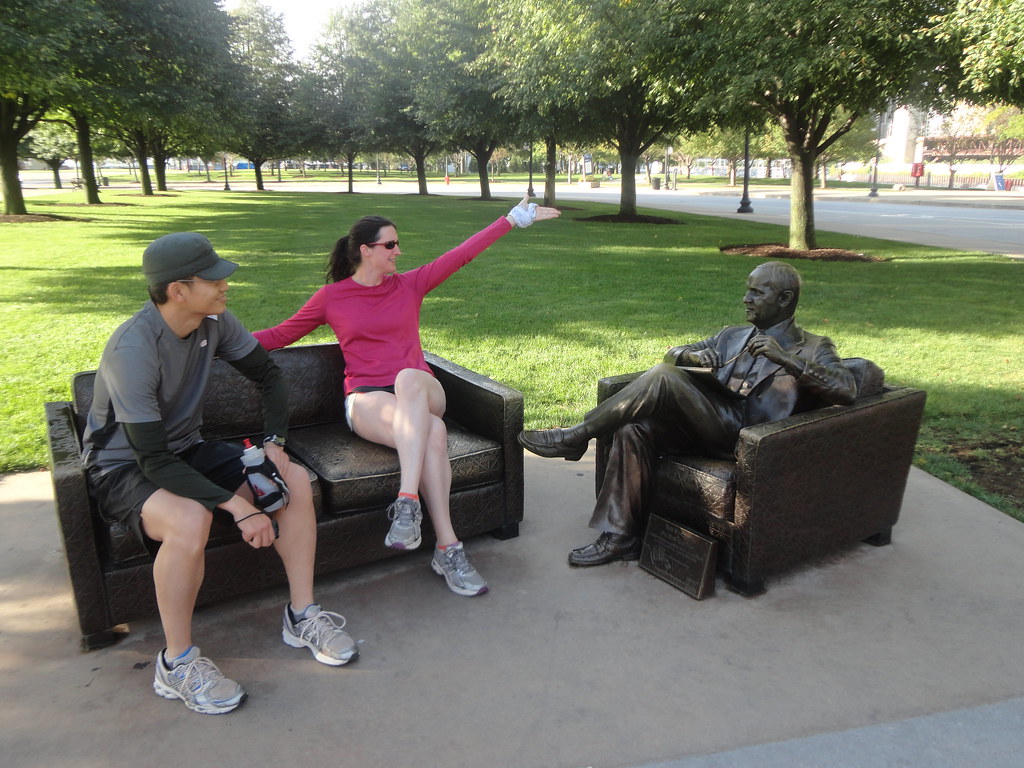
Bob Newhart is survived by his four children, Jennifer, Courtney, Timothy, and Robert, and numerous grandchildren. His wife of 60 years, Virginia “Ginnie” Newhart, passed away last year. His passing leaves a void in the world of comedy, marking the departure of a truly unique voice.
As the world says goodbye to Bob Newhart, we remember the quiet brilliance that underscored his humor. He was a comedic revolutionary who found laughter in the understated, the awkward pause, and the perfectly delivered reaction. His influence is woven into the fabric of modern comedy, a legacy of wit, intelligence, and gentle humanity that began with a button-down mind and an accountant’s knack for timing. His laughter, both his own and the laughter he effortlessly elicited from others, will echo through the years, a warm reminder of the extraordinary kid from Oak Park who simply cared about making people laugh.


